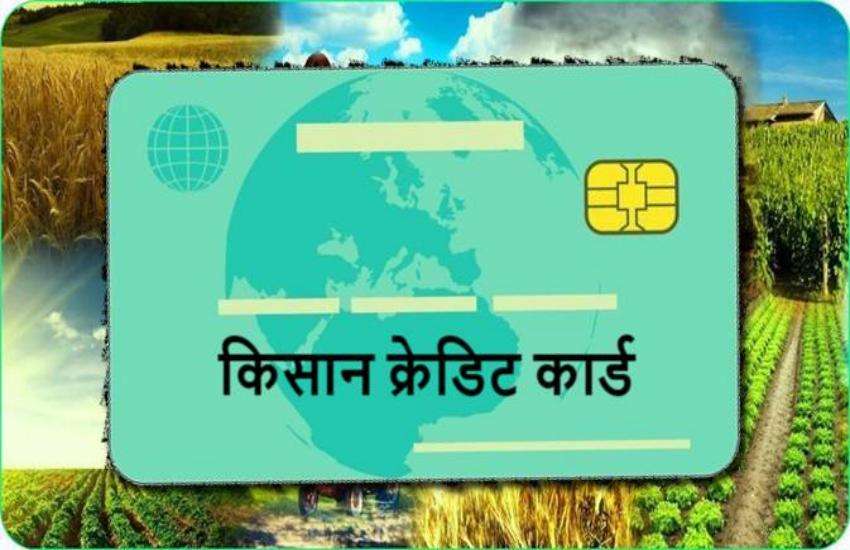In the early 1980s, whenever a farmer required short-term credit, they would approach a cooperative bank. This was something they would have to do every season. While there were regional rural banks and other commercial banks from which they could borrow, agricultural lending was mainly restricted to long-term credit usually for the purchase and installation of heavy machinery or development of a poultry-farm.
As such farmers faced a growing need for access to timely finance.
All of this changed in 1998.
The Union Budget of 1998 – 1999
During the Union Budget of 1998 – 1999, the then Finance Minister, Yashwant Sinha announced the Kisan Credit Card scheme. The scheme was formulated by the National Bank for Agriculture and Rural Development (NABARD) and became an instant hit with the farmers.

What was it about this scheme that farmers took to?
Well, for one, the 5-year validity period of the card meant that they didn’t have to apply for multiple loans. Moreover, they had access to credit when they needed it and didn’t have to wait for banks to do their background checks each time they applied for credit.
The other feature that made the scheme attractive was the fact that KCC is a revolving credit facility. So, farmers, could, at any time use the card to make purchases or to draw money.
That being said, has the Kisan Credit Card positively influenced the lives of farmers in India?
Impact of Kisan Credit Cards
While it is well and good to make a statement that says Kisan Credit Cards have positively influenced the lives of farmers, it wouldn’t make any sense if there was no proof to this statement.
-
Impact on Agricultural Production
Studies have shown that in areas with a high concentration of bank branches and high exposure to the KCC scheme, agricultural production has increased over the years.
One particular study took into consideration the production of rice to check the impact of the KCC scheme. Using district-level data from various sources for the years ranging from 1986 to 2011, researchers found that rice production increased by a large amount.
Of course, one could argue that this increase could be due to a number of other reasons, however, this increase was compared to the production of rice in regions where exposure to the KCC scheme was low. This comparison showed that this increase in production was around 88,000 tonnes more in high KCC exposure areas than in others. Thus, one could conclude that this increase is as a result of KCC.
-
Impact of Technology Adoption
The same study also saw that farmers in areas with a high incidence of KCC adoption also took to incorporating technological changes in their farming practices.
Moreover, these farmers also used high yielding variety (HYV) seeds which could have led to an increase in agricultural output.
While this isn’t a direct consequence of the impact of the Kisan Credit Card, researchers conclude that this could be the result of timely credit.
-
Impact on Borrowing Patterns
A study conducted by Somdeep Chaterjee, a professor from the University of Houston, concluded that on an average, households that were exposed to the KCC scheme had lesser number of loans during the survey period when compared to households which hadn’t been exposed to this scheme.
The research showed that for every two rice farmers, those exposed to the KCC scheme had three fewer loans taken from banks.
This being said, additional research found that the likelihood to borrow money was almost the same with respect to KCC and non-KCC households. It was also seen that while households that were exposed to KCC applied for fewer loans, they were also more likely to get approval for large loans.
-
Increase in the Number of KCCs Issued
Probably one of the best indicators with respect to the success of the Kisan Credit Card scheme is the fact that the number of people who have opted for it have increased over the years. In March 2005, the number of KCCs issued were 5 crore. By March 2017, the number stood at 15 crore.
These 15 crore accounts cover around 65% of India’s agricultural holdings (which is estimated to be around 13.83 crore).
The Road Ahead
The success of the Kisan Credit Card scheme has prompted the Government to extend it to dairy farmers and fisheries as well. By increasing the scope of eligibility, the Government is able to extend timely financial support to all agricultural labourers when they need it the most.
Moreover, over the years, the Government has also provided various other benefits such as crop insurance and access to RuPay debit cards.
All of these measures have been taken to ensure that this scheme continues to remain a success story and helps farmers across India.






